预约演示
更新于:2025-12-20
AL-209
更新于:2025-12-20
概要
基本信息
在研机构- |
权益机构- |
最高研发阶段无进展临床前 |
首次获批日期- |
最高研发阶段(中国)- |
特殊审评- |
关联
2
项与 AL-209 相关的临床试验CTRI/2024/01/061163
A Clinical Study to evaluate the 8-hour moisturization potential of Multiple Saliguard Samples at concentration 3%. - NIL
开始日期2024-01-10 |
CTRI/2010/091/003029
A Randomised, Double-Blind, Double-Dummy, Parallel Group, Multicentre Study to Compare the Efficacy and Tolerability of HFA-Propelled Combination Fluticasone Propionate 125 mcg and Salmeterol Xinafoate 25 mcg pMDI with Separate HFA Propelled Fluticasone Propionate 125 mcg pMDI and CFC-Propelled Salmeterol Xinafoate 25 mcg pMDI in Subjects with Mild to Moderate Asthma
开始日期2006-01-04 |
申办/合作机构- |
100 项与 AL-209 相关的临床结果
登录后查看更多信息
100 项与 AL-209 相关的转化医学
登录后查看更多信息
100 项与 AL-209 相关的专利(医药)
登录后查看更多信息
1,409
项与 AL-209 相关的文献(医药)2026-01-01·PHYTOMEDICINE
Salidroside mitigates Oligoasthenospermia by attenuating ferroptosis via NF-κB pathway inhibition
Article
作者: Gan, Kai ; Qin, Weijun ; Shi, Shengjia ; Zhang, Jingliang ; Zhang, Jiayu ; Zhang, Keying ; Li, Yu ; Yang, Fa ; Xu, Chao ; Niu, Zhiping ; Zhao, Xiaolong ; Liu, Shaojie ; Zhang, Rui ; Li, Hongji ; Wang, Anhui ; Wen, Weihong ; Li, Zhengxuan ; Lei, Xiaoju ; Han, Donghui
BACKGROUND:
Oligoasthenospermia (OAS) leads to male infertility, significantly impacting patients and their families. Previous studies have identified various mechanisms involved in OAS, including oxidative stress, apoptosis, and autophagy. Ferroptosis, a novel cell death form, is also linked to male infertility. Despite advancements, the involvement of ferroptosis in spermatogenesis and its potential role in causing OAS, as well as the identification of safe and effective natural drugs targeting this mechanism, remain unclear.
PURPOSE:
This study aimed to investigate the potential role of ferroptosis in OAS and explore safe and effective inhibitors for treatment.
STUDY DESIGN AND METHODS:
Semen samples were collected from patients with OAS. Mouse models of OAS were induced using cyclophosphamide (CP) in vivo, and GC-2 cells were treated in vitro. The effects of salidroside (Sal) on mice and GC-2 cells were evaluated using various methods, including ATP, malondialdehyde, and glutathione peroxidase activity assays; transmission electron microscopy; immunohistochemistry; flow cytometry; lipid peroxidation (LPO) analysis; mitochondrial membrane potential (MMP) assessment; enzyme-linked immunosorbent assays; qRT-PCR; western blotting; RNA sequencing; and immunofluorescence.
RESULTS:
Human OAS sperm exhibits biochemical and morphological hallmarks of ferroptosis. Ferroptosis is crucial in CP-induced OAS in mice in vivo, and its inhibition can effectively improve OAS. Further search for safe and stable natural compounds found Sal improved the sperm quality by attenuating ferroptosis-mediated LPO in germ cells through increased GPX4 expression, thereby ameliorating OAS in vivo. Immunohistochemistry revealed that Sal increases GPX4 expression starting from primary spermatocytes, highlighting its action stage during spermatogenesis. In vitro, these results were verified using a mouse spermatocyte cell line, GC-2 cells. Mechanistically, RNA-Seq and bioinformatic analysis suggest that Sal likely promotes GPX4 expression by inhibiting the NF-κB pathway, thereby reducing ferroptosis.
CONCLUSION:
Ferroptosis plays an important role in OAS, and Sal could ameliorate OAS by attenuating ferroptosis via NF-κB pathway inhibition.
2026-01-01·MEDICINE & SCIENCE IN SPORTS & EXERCISE
Sex Differences in Response to Acute Doxorubicin Cardiorespiratory Muscle Dysfunction and Preconditioning Exercise
Article
作者: Nguyen, Branden L ; Dowllah, Imtiaz M ; Baumfalk, Dryden R ; Doerr, Vivian ; Montalvo, Ryan N ; Babuschak, Jacob C ; Wendler, Christopher C ; Smuder, Ashley J ; Krueger, Ryan W
ABSTRACT:
Purpose:
Doxorubicin (DOX) is a potent chemotherapeutic agent whose clinical use is limited due to cardiorespiratory muscle toxicity. The objective of this study was to evaluate sex differences in the severity of DOX myotoxicity and to determine the effectiveness of preconditioning exercise to confer protection.
Methods:
Adult male and female Sprague–Dawley rats remained sedentary (Sed) or performed 2 wk of exercise preconditioning (5 d·wk
−1
, 60 min·d
−1
, 30 m·min
−1
) (Ex). Twenty-four hours after the final exercise bout, rats received saline (Sal) or DOX (20 mg·kg
−1
IP). Forty-eight hours later, cardiac and respiratory muscle functions were assessed and tissues were collected.
Results:
Exercise preconditioning increased exercise tolerance in both male and female Sal- and DOX-treated rats compared with their Sed counterpart (male: Sed-DOX = 26.89 ± 2.30 min vs Ex-DOX = 39.01 ± 2.76 min; female: Sed-DOX = 24.65 ± 1 .81 min vs Ex-DOX = 45.14 ± 3.72 min). DOX reduced left ventricle fractional shortening (FS%) and maximal diaphragm muscle force production compared with Sal-treated rats in males and females, which were only prevented with exercise in female DOX-treated rats (FS% male: Sed-DOX = 35.57 ± 1.59% vs Ex-DOX = 35.12 ± 0.67%; female: Sed-DOX = 36.84 ± 1.11% vs Ex-DOX = 43.99 ± 2.56% and force male: Sed-DOX = 17.93 ± 1.13 N·cm
−2
vs Ex-DOX = 20.91 ± 1.01 N·cm
−2
; female: Sed-DOX = 19.71 ± 0.68 N·cm
−2
vs Ex-DOX = 22.00 ± 1.47 N·cm
−2
). These effects were associated with sex-specific differences in circulating hormones, muscle DOX accumulation, and gene expression.
Conclusions:
Cardiorespiratory muscle toxicity occurred after acute DOX exposure in male and female rats. Although, exercise preconditioning elicited a robust increase in cardiorespiratory endurance in both sexes, the beneficial effects of exercise on cardiac and diaphragm muscle function occurred exclusively in female rats.
2026-01-01·MEAT SCIENCE
Effects of salidroside on structural and functional properties of myofibrillar proteins in the Fenton system
Article
作者: Zhao, Qing ; Nian, Yingqun ; Li, Chunbao ; Duan, Jiaying
This study used the Fenton reaction to simulate the oxidation process of porcine myofibrillar proteins (MPs), aiming to explore the regulatory effect of salidroside (SAL) on the structure and functional properties of MPs under oxidative conditions. Systematic characterization of MPs-SAL interactions through biochemical assays, physicochemical measurements, and multispectral structural analysis. The results demonstrated that SAL boosted the antioxidant prowess of MPs in a dose-dependent fashion. Oxidative stress caused a reduction in sulfhydryl levels and absolute Zeta potential values, while simultaneously increasing dimeric tyrosine formation. Compared to the control group, sulfhydryl and dimerized tyrosine levels decreased with increasing SAL concentration, while the absolute Zeta potential values exhibited a progressive augmentation. Furthermore, oxidation resulted in elevated surface hydrophobicity and reduced solubility, and SAL further promoted the exposure of hydrophobic residues, and SAL caused changes in both the secondary and tertiary structures of MPs. SDS-PAGE revealed no notable band variations in oxidized groups following SAL treatment. Scanning electron microscopy revealed that the pores of MPs became larger and the surface rough after oxidation, while the protein surface became less wrinkled and smoother after the addition of SAL. In summary, the interaction between MPs and SAL affects the structural and functional properties of proteins.
100 项与 AL-209 相关的药物交易
登录后查看更多信息
研发状态
10 条进展最快的记录, 后查看更多信息
登录
| 适应症 | 最高研发状态 | 国家/地区 | 公司 | 日期 |
|---|---|---|---|---|
| 中枢神经系统疾病 | 临床前 | - | - |
登录后查看更多信息
临床结果
临床结果
适应症
分期
评价
查看全部结果
| 研究 | 分期 | 人群特征 | 评价人数 | 分组 | 结果 | 评价 | 发布日期 |
|---|
No Data | |||||||
登录后查看更多信息
转化医学
使用我们的转化医学数据加速您的研究。
登录
或
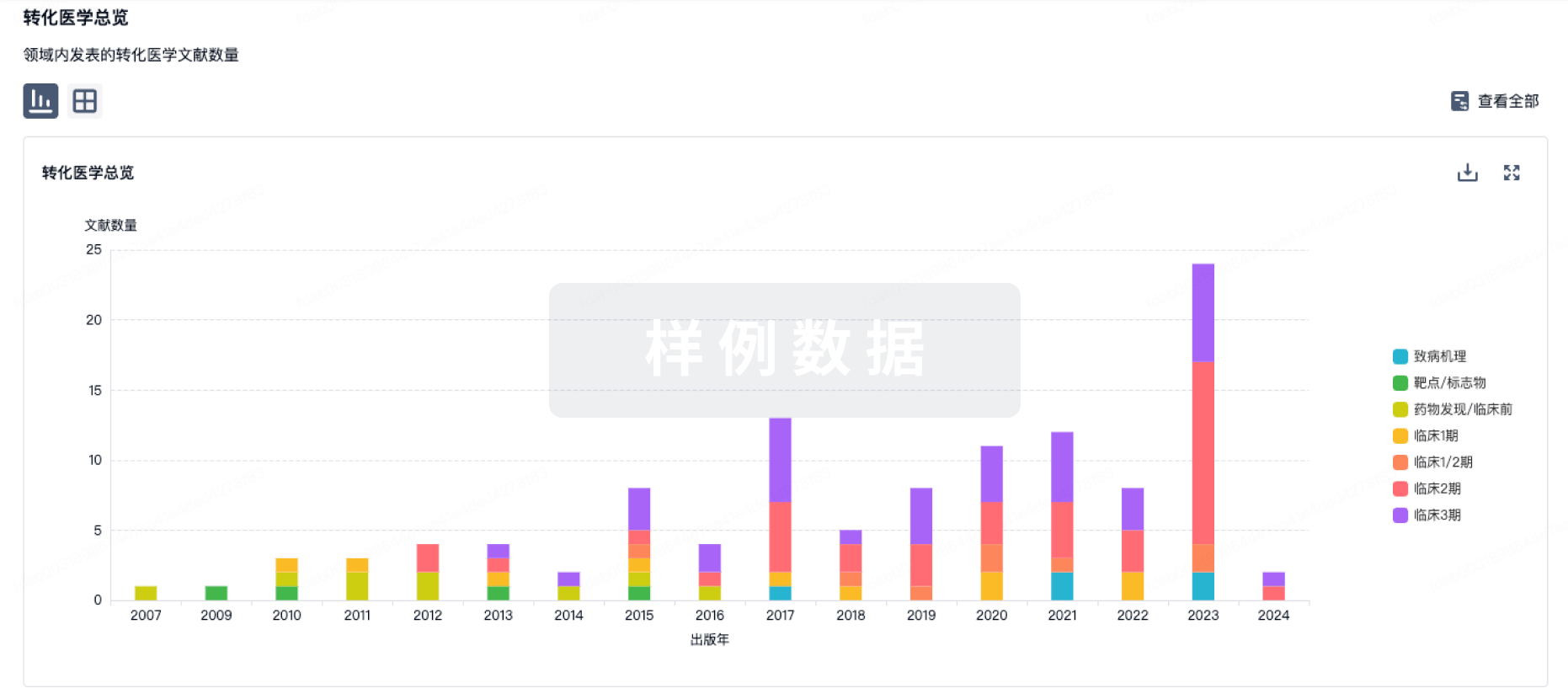
药物交易
使用我们的药物交易数据加速您的研究。
登录
或
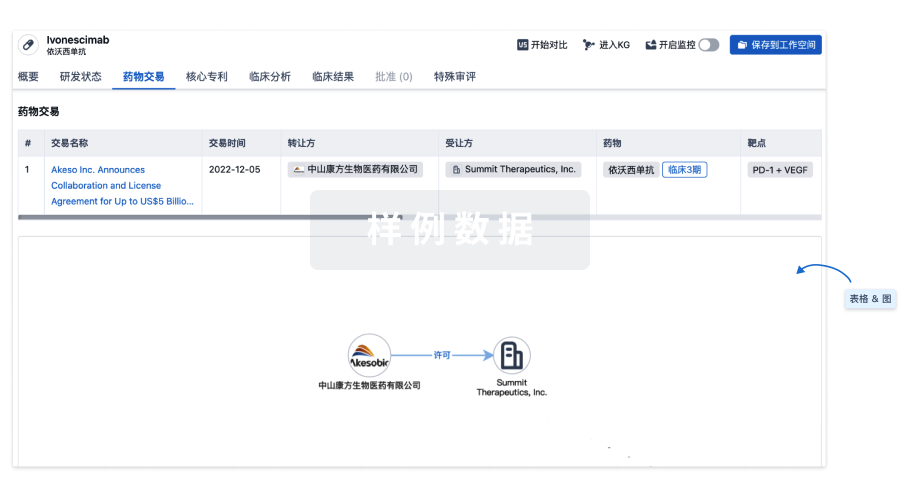
核心专利
使用我们的核心专利数据促进您的研究。
登录
或
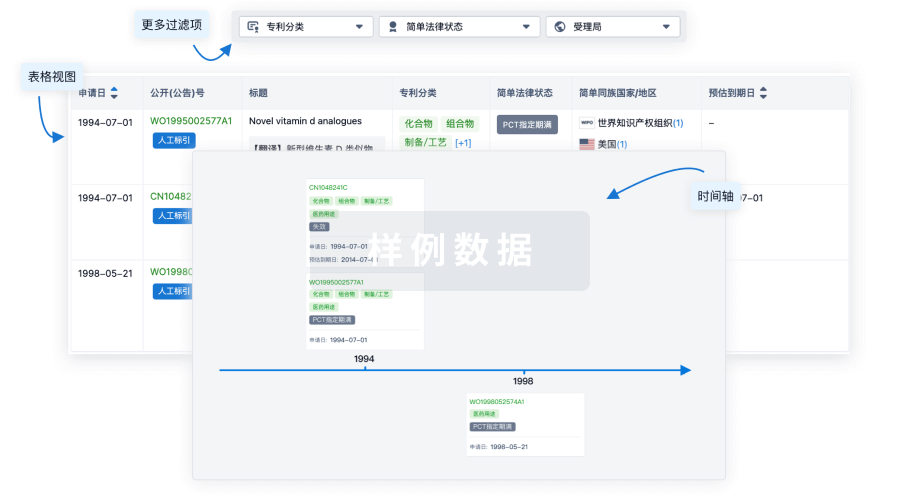
临床分析
紧跟全球注册中心的最新临床试验。
登录
或
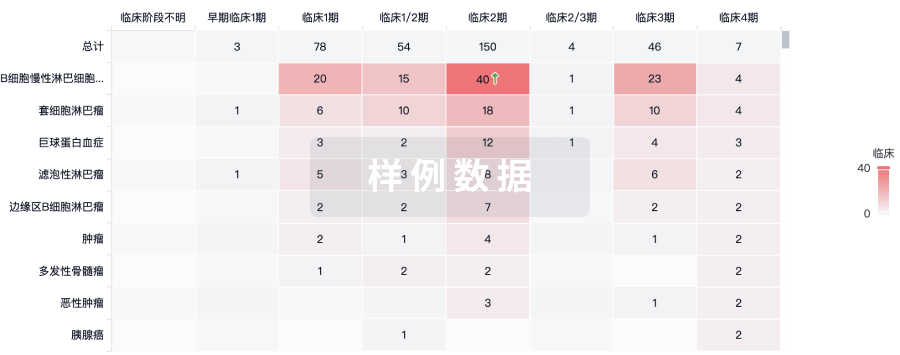
批准
利用最新的监管批准信息加速您的研究。
登录
或
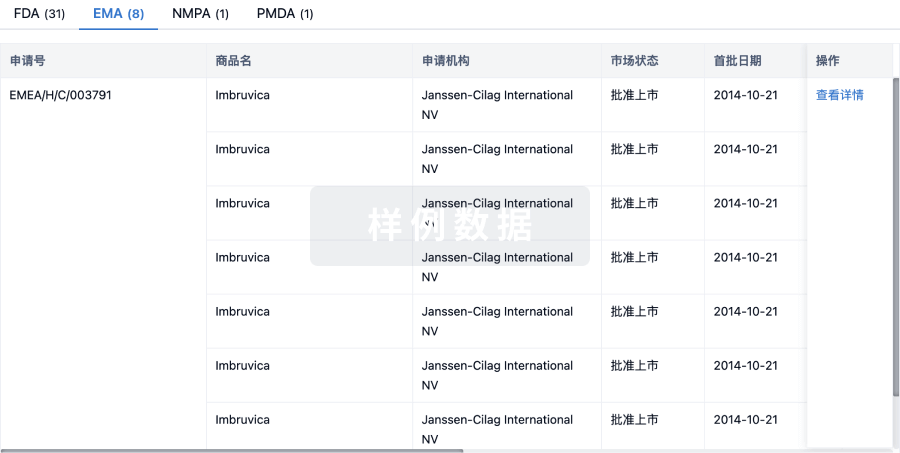
特殊审评
只需点击几下即可了解关键药物信息。
登录
或
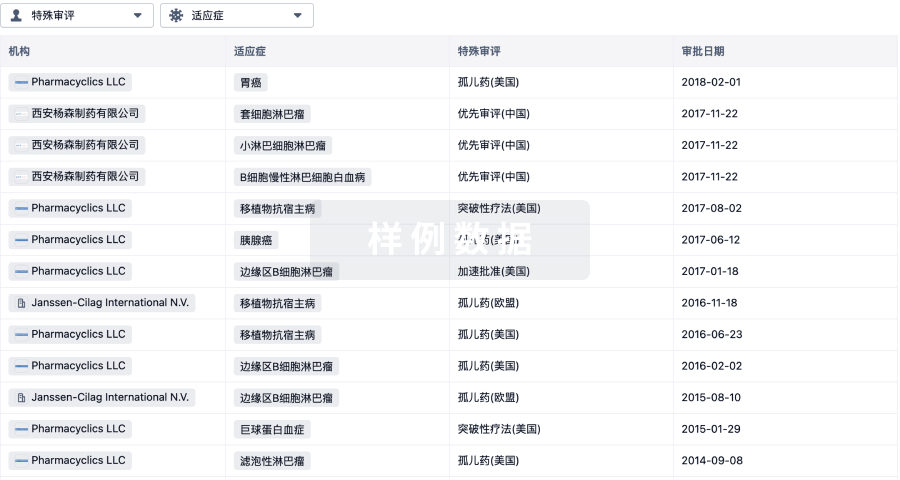
生物医药百科问答
全新生物医药AI Agent 覆盖科研全链路,让突破性发现快人一步
立即开始免费试用!
智慧芽新药情报库是智慧芽专为生命科学人士构建的基于AI的创新药情报平台,助您全方位提升您的研发与决策效率。
立即开始数据试用!
智慧芽新药库数据也通过智慧芽数据服务平台,以API或者数据包形式对外开放,助您更加充分利用智慧芽新药情报信息。
生物序列数据库
生物药研发创新
免费使用
化学结构数据库
小分子化药研发创新
免费使用

